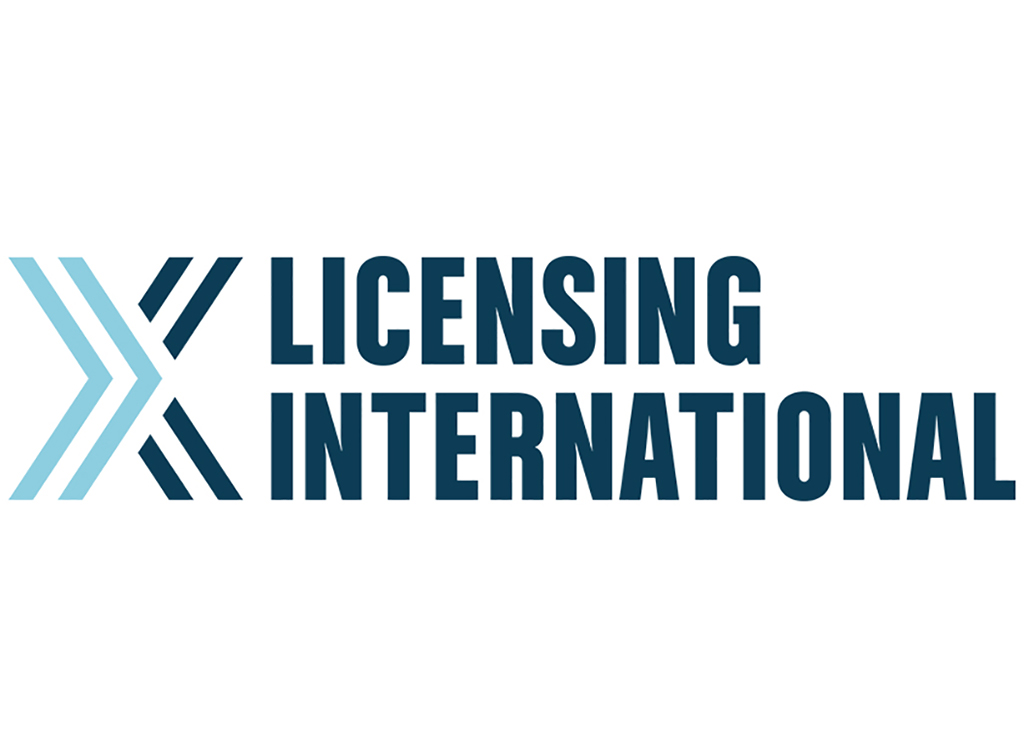By Martin Brochstein
What now?
The underlying strength of the licensing business is unquestioned, with companies of all sorts showing a creative willingness and eagerness to adapt the model to new business categories and opportunities.
COVID-19 changed none of that. If anything, it spotlighted companies’ ability to adapt to new circumstances, even as many of the assumptions and underpinnings of normal business practices were upended by the global disruption — all these combined to produce a year like no other.
For the licensing business — as well as for the consumer products and services business in general — the outlook is positive. Vaccination rates in many (if not most) major economies around the globe are steadily increasing, government-mandated health restrictions are being relaxed, and businesses such as physical retail, cinemas, theme parks, and in-person attendance at sports events — all drivers of sales of licensed products — is moving toward “normalcy.”
But the definition of “normalcy” may have been transformed in ways both large and small, and companies’ ability to recognize those changes and the pace at which they are being adopted, and to factor them into their businesses, will be a key determinant of success.
Says one brand owner earlier this year, “I don’t expect 2021 to be a magic turnaround year, I think it is going to take more time to get things back to a new normal. My biggest question is, when will people go to live events again?”
But even among the dour forecasts and predictions, there’s an overriding sense of cautious optimism among most of the respondents.
“We’re anticipating conservative growth through 2021 and working to manage everyone’s expectations for increased revenues,” writes one U.S.-based agent.
“Hopefully the same or a little better than this year,” says another U.S. agent about 2021. “We are more than holding our own, which is great!”
Many Signs of Progress
There are many signs of progress, but also questions to be answered about the road ahead. New business patterns have emerged; some of them may have been temporary phenomena, but businesspeople throughout the business are faced with determining which have staying power:
Retailers and licensees continue to be cautious about new properties of all sorts, so evergreens are of more interest to them.
Video games, collectibles and trading cards have been performing strongly. Sales of toys in the U.S. were running strong through April, according to NPD; the major clouds on the horizon have had less to do with demand than with supply chain issues.
Brand owners of all sorts — including major toy companies — are trying to figure out whether/how they fit into the business of selling digital collectibles in the form of NFTs (non-fungible tokens), and to develop strategies around the category.
What About the Movies?
For the toy industry, a key question revolves around the movie business. What exactly does a big licensing film look like, and where will consumers see it? As cinemas gradually re-open globally with capacity and seating restrictions, will consumers return with the same fervor after a year or more during which “the big screen” has been a TV? And if they do, how long will that take?
The answers to those questions are critical to large swaths of the licensing and toy communities, which pre-pandemic banked on steady product sales generated by franchise and other licensing-heavy films. The business model has long been built around a marketing/promotional schedule peaking for opening weekend, with accompanying licensed products on shelves 3-4 weeks beforehand and as long as merited afterward.
Studio film slates have always been subject to shifting release dates – though usually well in advance, so licensees and retailers mostly have been able to adjust their plans. In 2020, though, the pandemic created utter chaos for licensees and retailers as theaters were forced to shut and tentpole films pushed back. But for the first time in a year, there’s optimism that release dates are relatively predictable, and theaters are reopening.
As of mid-May, 90% of Cinemark’s 331 U.S. theaters were open at 50% capacity, and AMC was operating nearly all of its North American theaters at 25-50% of capacity. In the UK, all theaters were scheduled to reopen mid-month at 50% capacity with a 1,000 person limit. Elsewhere in the world, the reopening of theaters and rollout of films continues to depend on vaccination rates and the “state of the virus,” Cinemark CFO Sean Gamble said.
Meanwhile, studios continue to joust with cinema owners over the length of the window between theatrical release and release on streaming and other home video platforms. The shape of those agreements, and whether studios will resume the classic marketing calendar that allows for orderly distribution in sales of licensed products built around their tentpoles, will go a long way toward defining the shape of movie-based licensing for the foreseeable future.
This article was adapted from a White Paper on the State of the Licensing Business, available free to all members of Licensing International at LicensingInternational.org.
Marty Brochstein is responsible for Licensing International’s information resources, as well as its educational efforts. He also oversees the association’s information operations, including the NewsLinks daily news and headline service, and coordinates all industry research. He speaks regularly at conferences and seminars around the world on a wide range of licensing- and retail-related issues, writes regularly on licensing topics, and is widely quoted on issues related to licensing, marketing, and branding.

